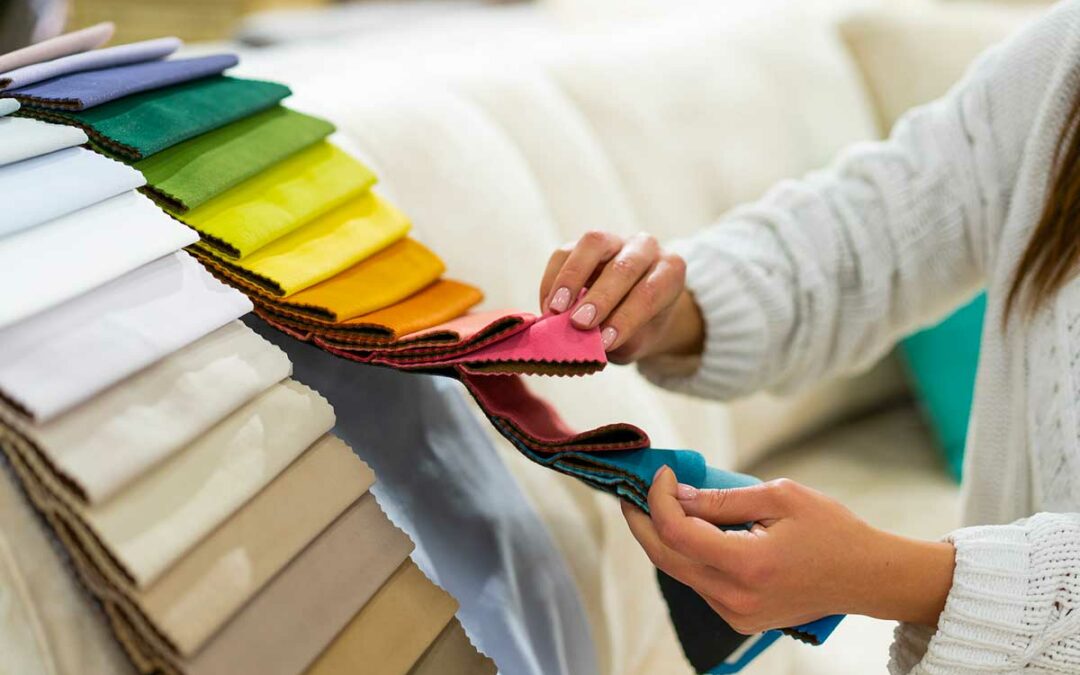Recently, fashion started a path toward sustainability. We agree, this is a very general statement, and for non-professionals it’s hard to believe things are changing. Still, many haute couture Maisons and small companies are reinventing the production processes to make them more and more eco-friendly. Below, we’d like to talk about who is improving, who is doing worse, and whether all kinds of innovation truly help fight climate change.
Table of Contents
Fast fashion impact on the environment
The must is educating CEOs, production managers, and designers.
Before diving into the innovations some firms adopted, let’s look at the overall situation.
All of you know that the international market is dominated by fast fashion, and that many brands falling in this category adopt resource-intensive processes. And all of you know that most of these resources go wasted. We cannot blame the final customers. After all, these kinds of companies offer their target audience low prices and the opportunity to buy products anytime. Plus, you can have them shipped to your place in a few days. This is coupled with the illusion of quality, and if you add advertisements featuring influencers to the equation, you can see why fast fashion has enormous power over the masses. It’s unlikely people will stop choosing these brands any time soon. Instead, it’s more likely their market value will grow more and more. Are you skeptical? Time to make an example! According to Bloomberg, Shein experienced 250 % growth in 2020 and a further boost in 2021, with a 60 % increase in sales.
So what can be done to make fashion more ethical is educating companies. CEOs, production managers, designers, etc., should learn what fashion sustainability means and how they can try to follow that path.
How much waste does fashion produce every year?
We can answer with a few numbers from Mc Kinsey’s latest research, a report based on 2018 data entitled Fashion on climate. According to the paper, in 2018, the fashion industry produced 2.1 billion tons of CO2, 4% of the global total. Need more info to understand how serious is the situation? Ok, consider that you can get the same volume of gas emissions only if you combine the ones of France, the UK, and Germany.
The world is called upon to reduce CO2 production by 2030 to fight climate change, so fashion industry emissions are worrying. The goal, the Kinsey paper says, is for the temperature to rise by no more than 1.5 °C. And to achieve this, the whole textile sector should reduce its emission by half in 7 years.
CO2 is not the only problem. Fast fashion brands, in fact, also use lots of water to create a single shirt (magazines say between 2700 and 300 liters per piece). Things do not get any better when it comes to other materials. For example, processing one kilogram of leather requires up to 17,100 liters of water.

How firms are trying to reduce their impact and make a stop towards fashion sustainability
Time to start telling you something positive. As mentioned above, some companies are already doing something about their production processes. For example, Keyring and H&M want to power their supply chain only with renewable resources.
In addition, many other firms decided to stop overproducing. Studying the brands that decided to make fewer garments, it came out they follow one of these paths:
- Reduce production
Fewer products means fewer materials and fewer resources, so we already love it. In addition, creating a reduced number of pieces also means a rise in quality. So double points to this solution.
- Reduce collections
More and more haute couture mansions are deciding to present one collection per year. Sure, creating something that embraces all seasons requires lots of effort. But when you are creative and have a large team, nothing can stop you.
- Neutral gender apparel
- Biomaterials
Until a few years ago, designers focused on wool, leather, cotton, linen, silk, nylon, etc. But there are a lot of materials you can use to make a yarn, even the most unthinkable. Be careful, though, because not all biomaterials are the same.
Biomaterials, do they have the same impact on the environment?
Many think all textile fibers made from innovative materials are biomaterials. But things do not work that way.
If, for instance, you decide to get a fabric out of pineapple fruits and do extensive pineapple cultivation, what you obtain cannot be considered biomaterial. Are you wondering why? Easy: to make a crop, you must deforest an area. In addition, most crops require a lot of water, and you must chase away animals. In other words, cultivations are not bio at all.
There is only one method that can be considered correct for obtaining biomaterials, and that is by recycling waste.
Below we listed a few interesting companies that may help you understand the concept. We believe these firms already took a crucial step towards fashion sustainability, and hope this sphere will be explored more and more!
- Vegea
A company that uses grape waste to create eco-leather. They won H&M Foundation Global Change Award and now work with brands like Calvin Klein.
- NuCycl
This company creates fabrics from recycled clothing (the composition is mainly cotton waste). The brand was chosen by Stella McCartney to make her sweaters in 2019.
- Kintra
This company decided to go in a totally different direction. Kintra, in fact, developed a material similar to polyester. What do they use to make it? Corn and wheat sugar derivatives.


